Key Takeaways:
- Dog wheelchairs can significantly improve the quality of life for dogs with mobility issues, allowing them to stay active and engaged.
- Proper sizing, adjustment, and training are crucial for the effectiveness and comfort of a dog's wheelchair.
- Wheelchairs are not suitable for all dogs; a vet's assessment is essential to determine if a wheelchair is the right choice for a pet's specific condition.
Dogs are not just pets; they are family members, best friends, and loyal companions. When a dog faces mobility challenges, it can be heart-wrenching for pet owners. This comprehensive guide explores the role of wheelchairs in supporting dogs with mobility issues, ensuring that our four-legged friends can continue to enjoy life to the fullest.

Understanding Mobility Issues in Dogs
Mobility issues in dogs can arise from various conditions such as arthritis, hip dysplasia, degenerative myelopathy, neurological issues, and injuries. These conditions can affect dogs of all sizes, from large breeds like German Shepherds to small ones like Shih Tzus. When a dog's hind legs, front legs, or both are compromised, their ability to walk, play, and even go to the bathroom can be severely impacted.
The Role of Dog Wheelchairs
Dog wheelchairs, or dog carts, are designed to support a dog's weight and allow them to move around more freely. They are especially beneficial for dogs with hind end weakness or paralysis. A well-fitted wheelchair can help a dog maintain an active lifestyle and prevent further muscle atrophy due to inactivity.
Assessing If Your Dog Needs a Wheelchair
Before investing in a wheelchair, it's crucial to determine if your dog is a good candidate. The towel test, where you support your dog's belly with a towel to mimic a wheelchair's support, can give you an idea of how they might adapt. Consulting with a vet is also essential to understand the underlying cause of your dog's mobility issues and whether a wheelchair can help.
Choosing the Right Dog Wheelchair
Selecting the correct size and type of wheelchair is vital for your dog's comfort and mobility. A fully adjustable wheelchair, like the Walkin' Wheels dog wheelchair, can be tailored to fit your dog's specific body shape and size. It's important to ensure that the wheelchair is light weight enough for your dog to handle, yet sturdy enough to support their body weight.

The Benefits of Dog Wheelchairs
For many dogs, wheelchairs provide a new lease on life. They can help keep a dog active, which is crucial for their physical and mental health. Wheelchairs can also offer more independence, allowing dogs to explore and play without constant assistance from their owners.
Training Your Dog to Use a Wheelchair
Introducing a dog to a new wheelchair requires patience and positive reinforcement. Start with short sessions and gradually increase the duration as your dog becomes more comfortable. Encouraging them with treats and praise can make the transition smoother.
Wheelchair Compatibility with Different Dog Breeds
When considering a wheelchair for your furry friend, it's essential to understand that compatibility varies across breeds. For instance, a German Shepherd with joint issues may require a different type of support compared to a Shih Tzu. Large dogs like Shepherds often need a sturdier frame to support their weight, while small dogs benefit from a lightweight design that doesn't impede their natural movements. It's not just about the dog's weight; the distribution of support for the front and back legs also plays a crucial role in ensuring the wheelchair is a good fit.
For breeds prone to specific health issues, such as Border Collies with bad hips or older dogs with arthritis, the design of the dog's wheelchair can make a significant difference in their quality of life. Senior dogs might need additional support around their belly, which is where a belly belt can be helpful. On the other hand, breeds with weaker front limbs may require a wheel chair that offers more balance and stability to prevent further strain. It's all about finding the right match to make your happy dog even happier with their new wheels. Innovations in Dog Wheelchair Design In the ever-evolving world of pet care, innovations in dog wheelchair design are enhancing the quality of life for our four-legged friends. The latest models, like the Walkin' Wheels dog wheelchair, are crafted with cutting-edge materials that are both lightweight and durable, ensuring that they can withstand the rigors of daily use while providing maximum comfort. These advancements mean that wheelchairs can now be easily adjusted to fit the unique body shape and size of most dogs, ensuring a snug and supportive fit that can adapt as the dog's needs change over time.
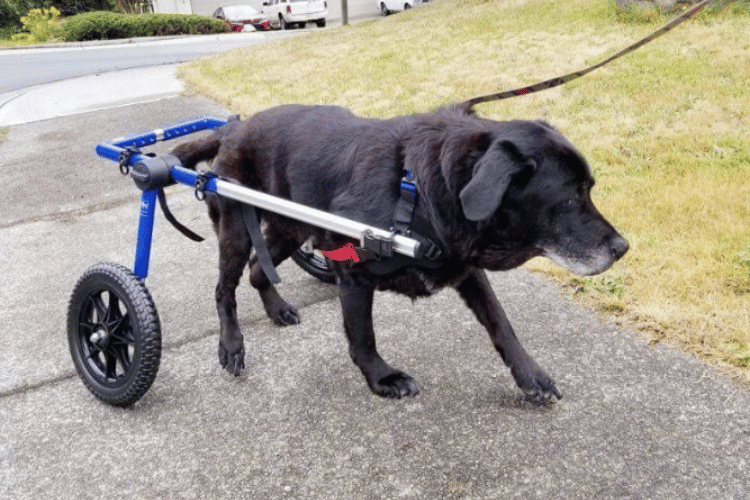
Moreover, the integration of smart technology into dog's wheelchairs is a game-changer, offering features such as activity tracking and automated adjustments. These high-tech enhancements not only improve the dog's mobility but also allow owners to monitor their pet's health and activity levels more closely. With these innovations, dog's wheelchairs are becoming more than just mobility aids; they're transforming into comprehensive care tools that support a dog's life in multiple ways, ensuring that our furry companions receive top-notch care and support.
Wheelchair Training and Adaptation Introducing a dog's wheelchair to a pet, especially one that has lost the use of its dog's rear legs, requires patience and positive reinforcement. The initial training period is crucial, as it helps the dog to gain confidence and learn to navigate their environment with their new aid. Owners can start by allowing the dog to lie next to the wheelchair, offering treats and praise to create positive associations. Gradually, the dog can be encouraged to stand and move with the wheelchair, starting with short sessions and slowly increasing the duration as the dog becomes more comfortable.
Adaptation to a pet's wheelchair also involves making modifications to the home environment to accommodate the dog's new mobility. Ramps may be installed to help the dog access different levels, and furniture may be rearranged to create wider pathways. For paralyzed pets, these adaptations are essential in preventing injuries and ensuring that the dog can move freely and safely. As the dog grows accustomed to their wheelchair, they'll rediscover their independence and joy in movement, which is a heartwarming sight for any pet owner to witness. Innovations in Dog Wheelchair Design In the ever-evolving world of pet care, innovations in dog wheelchair design are enhancing the quality of life for our four-legged friends. The latest models, like the Walkin' Wheels dog wheelchair, are crafted with the dog's comfort and mobility in mind. These wheelchairs are adjustable and versatile, ensuring a perfect fit for a dog's unique body shape and size. They are designed to support a dog's rear legs, allowing them to move freely and with ease. This advancement in design not only improves a dog's mobility but also contributes to their overall well-being.
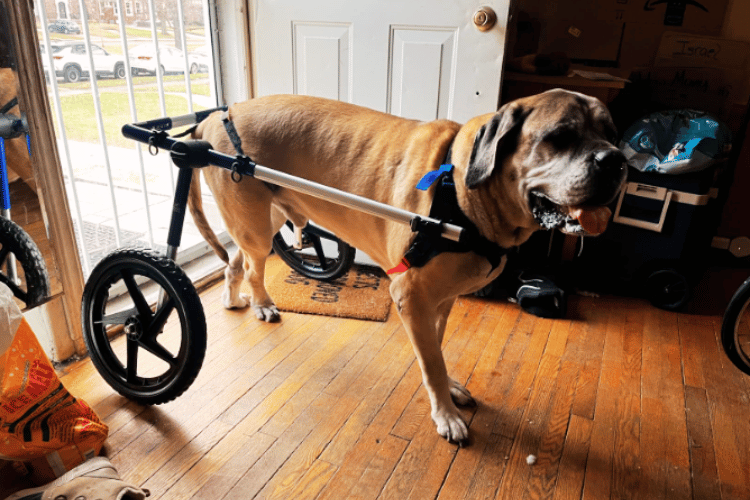
High-grade aluminum frames, all-terrain wheels, and breathable harnesses are now standard in top-notch wheelchairs, ensuring they are both lightweight and durable. Innovations such as shock-absorbing wheels help to provide a smooth ride, even on rough surfaces, which is crucial for dogs with sensitive spines or joint issues. These design improvements mean that a dog's wheelchair can now be a seamless extension of their body, offering support without hindering their natural movements.
The Psychological Impact of Wheelchairs on Dogs When discussing the benefits of wheelchairs for dogs, it's essential to consider the psychological impact as well. A pet's wheelchair can be a transformative aid for dogs who have lost their ability to walk independently. It restores a sense of freedom and autonomy, allowing them to explore and interact with their environment as they did before. This can lead to a noticeable uplift in the dog's spirit and a more positive demeanor, as they are no longer confined by their physical limitations.
Moreover, the ability to move around and engage in play can significantly reduce stress and anxiety in dogs. The joy of chasing a ball or simply being able to dog lie down and stand up without assistance can have profound effects on a dog's mental health. Owners often report a renewed sense of happiness and energy in their pets once they adapt to their new dog's wheelchair. This emotional uplift is not just limited to the dog; seeing their furry companion regain independence can be incredibly heartwarming and reassuring for the owner, strengthening the bond between them.
Innovative Wheelchair Designs for Dogs
When it comes to enhancing a dog's mobility, innovative wheelchair designs are making waves in the pet care industry. The Walkin' Wheels dog wheelchair is a prime example of top-notch engineering tailored to a dog's life. This adjustable wheelchair supports a dog's rear legs, allowing for a custom fit that accommodates various sizes and breeds. Its flexibility means that as a dog's weight or health condition changes, the wheelchair can adapt, ensuring comfort and continued mobility.
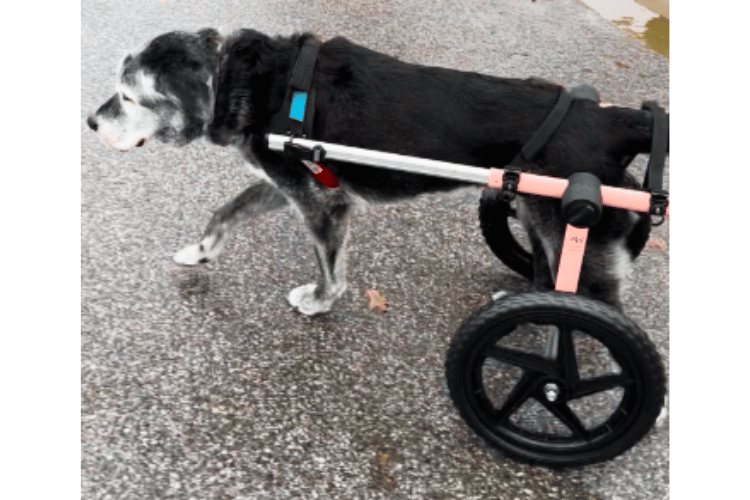
Moreover, these innovative designs often incorporate lightweight and durable materials, making them easy for dogs to maneuver. They also come with a range of accessories that can further aid a dog's mobility, such as harnesses for better support and all-terrain wheels for outdoor adventures. The focus on design has led to wheelchairs that are not just functional but also comfortable for the dog, ensuring they can enjoy their daily activities with minimal hindrance.
The Integration of Technology in Dog Wheelchairs
The integration of technology into pet mobility aids has revolutionized the way we think about our furry friends' capabilities. With advancements in materials and design, walkin wheels dog wheelchair models are now more efficient and comfortable than ever. Lightweight alloys and adjustable components ensure that the wheelchair can be tailored to fit the dog's weight and size perfectly. This customization not only enhances the dog's mobility but also prevents additional strain on their body, promoting a healthier lifestyle even with mobility challenges.
Moreover, technology has paved the way for smart wheelchairs equipped with sensors and microcontrollers. These high-tech features can monitor a dog's activity levels, providing valuable data to owners and veterinarians. This data can be crucial in adjusting care plans and wheelchair settings to better suit the dog's needs. As a result, a dog's wheelchair isn't just a tool for movement; it's a gateway to a more informed and proactive approach to canine health and well-being.
The Adjustment Period for Dogs and Wheelchairs
When introducing a dog's wheelchair, it's essential to understand that there will be an adjustment period. This is a time of adaptation not just for the dog, whose rear legs may no longer bear weight, but also for the owner, who must learn the nuances of fitting and maneuvering the pet's wheelchair. Initially, dogs might be hesitant or uncomfortable with the sensation of being supported by wheels. However, with patience and positive reinforcement, most dogs begin to associate their wheelchair with mobility and freedom, leading to a significant improvement in their quality of life.
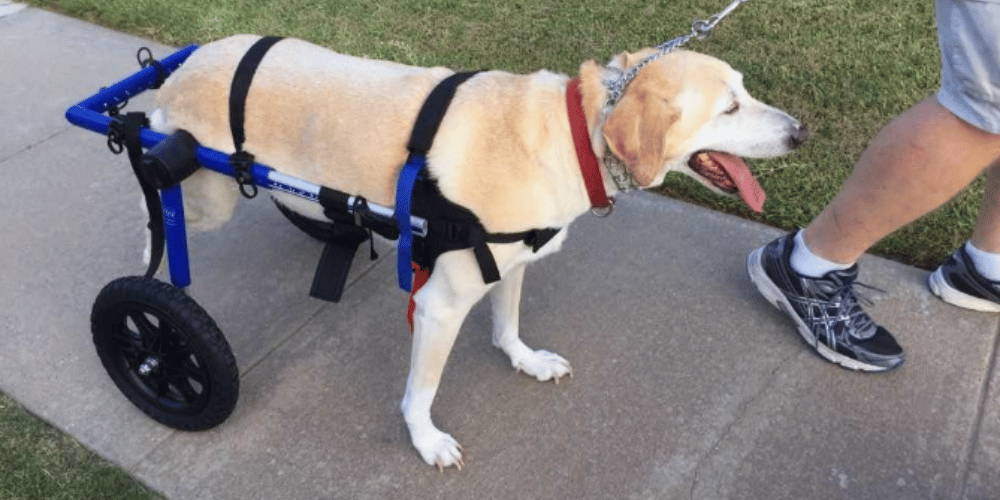
During this transition, monitoring the dog's weight is crucial to ensure the wheelchair continues to fit properly. A wheelchair that's too tight or too loose can cause discomfort or even injury. It's also a time to observe and encourage the dog's mobility, as the wheelchair provides them with a new way to move around. Owners should be prepared for a gradual process, offering plenty of encouragement and treats to help their furry friend adjust to their new set of wheels.
The Role of Support Harnesses in Conjunction with Dog's Wheelchairs
When considering a dog's mobility, it's not just about the wheelchair itself. Support harnesses can play a crucial role in enhancing a pet's wheelchair experience. These harnesses provide additional support to a dog's weight, especially for those whose rear legs may be weak or paralyzed. By distributing the weight evenly, support harnesses can prevent further strain on a dog's body and can be used in tandem with wheelchairs to offer a top-notch mobility solution.
Harnesses also offer a sense of security for both the dog and the owner. They can be used to assist the dog in getting into and out of the wheelchair and can serve as a helpful tool during rehabilitation exercises. For dogs that are not full-time wheelchair users, a support harness can be a standalone aid for short walks or bathroom breaks, ensuring that the dog's life is filled with comfort and mobility support at every stage.
The Significance of Regular Maintenance for Your Dog's Wheelchair
Maintaining your dog's wheelchair is paramount to ensure its longevity and functionality. Regular checks and maintenance can prevent accidents caused by wear and tear, which is essential for your dog's safety. Owners should inspect the wheelchair's frame, wheels, and fasteners for any signs of damage or loose parts. Keeping the wheelchair clean also prevents any buildup of dirt or debris that could affect its movement or cause discomfort to your dog's skin.
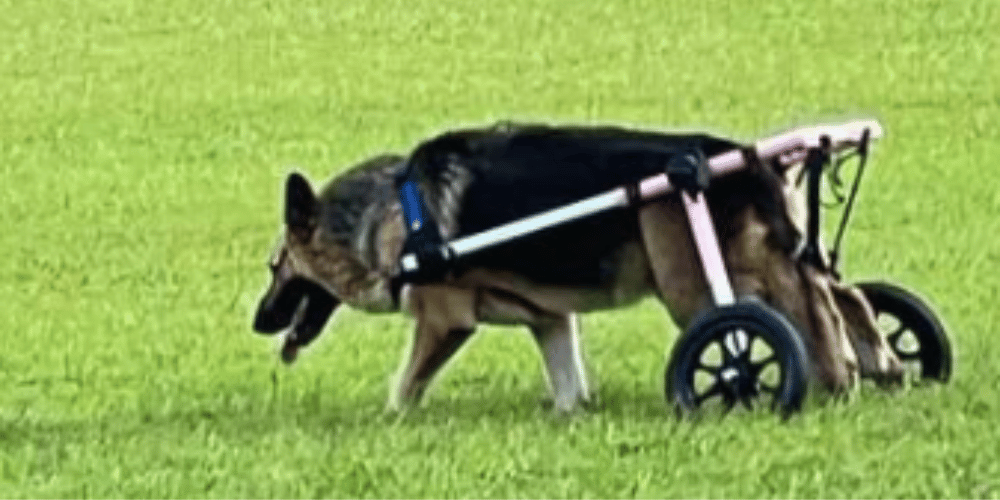
Moreover, as your dog's weight and condition may change over time, it's important to adjust the wheelchair accordingly. This might involve tweaking the height, width, or support levels to ensure that your dog's rear legs are properly accommodated and that the wheelchair continues to provide optimal support. By keeping the wheelchair in top-notch condition, you can help preserve your pet's mobility and quality of life, ensuring that the wheelchair remains a reliable aid in your dog's daily activities.
Enhancing Mobility: The Role of Proper Nutrition and Exercise
To maximize the benefits of a dog's wheelchair, it's important to consider the overall health and wellness of the pet. Proper nutrition plays a pivotal role in maintaining the dog's weight, which directly impacts the effectiveness and comfort of the wheelchair. A balanced diet ensures that the dog remains at an optimal weight, preventing additional stress on their remaining functional limbs and promoting easier mobility with the aid of the wheelchair.
In addition to nutrition, regular exercise tailored to the dog's capabilities is essential. Even with a wheelchair, dogs need to engage in physical activity to maintain muscle tone, especially in their front legs and core, which become more important for their mobility. Exercise routines can be adapted to each dog's condition and may include activities like assisted walking, swimming, or therapeutic exercises. These not only enhance the dog's life but also ensure that the pet's wheelchair is a tool for active living, rather than a limitation.
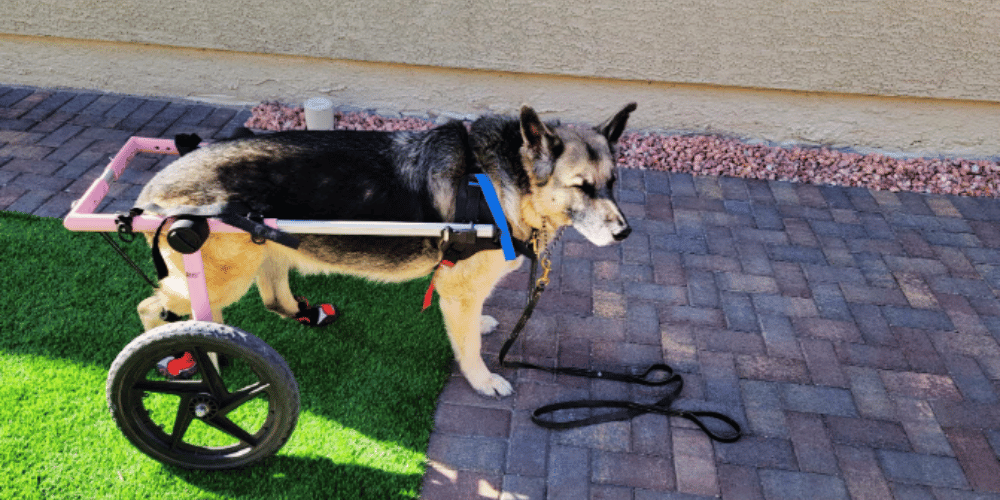
The Psychological Impact of Wheelchairs on Dogs
When discussing the benefits of wheelchairs for dogs, it's essential to consider the psychological impact as well. A dog's life can be significantly improved with the restoration of independence that a wheelchair provides. Dogs are naturally active and curious creatures, and the inability to move freely can lead to frustration and depression. Introducing a pet's wheelchair allows these animals to explore, play, and engage with their environment, which is crucial for their mental health.
The positive effects extend beyond the dog's well-being. Owners often report a sense of relief and joy upon seeing their pets regain mobility. The sight of a dog's rear legs moving confidently with the support of a wheelchair can be incredibly heartwarming and reaffirming. This emotional uplift can strengthen the bond between the pet and the owner, making the investment in a top-notch wheelchair a priceless addition to a dog's life.
Rehabilitation and Therapy with Dog Wheelchairs
Dog wheelchairs are not only about mobility; they play a significant role in rehabilitation and therapy for dogs recovering from injuries or surgery. By taking the weight off a dog's rear legs, a pet's wheelchair allows for gentle exercise, which is crucial for recovery. This can help maintain muscle mass and improve circulation, speeding up the healing process. For dogs with chronic conditions, such as degenerative myelopathy, wheelchairs can help maintain an active lifestyle, which is beneficial for both physical and mental health.
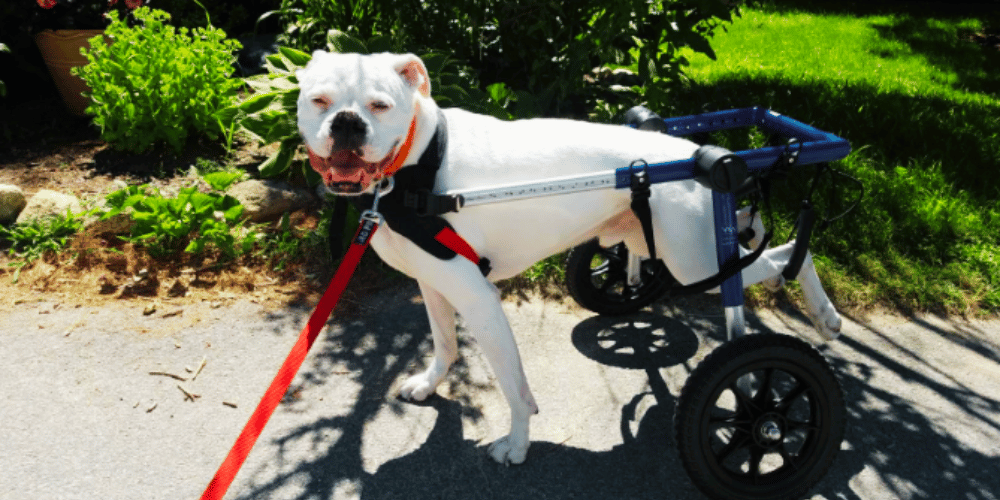
In addition to physical benefits, the use of a dog's wheelchair during rehabilitation can also provide psychological boosts. It enables dogs to engage with their environment and socialize, which is essential for their overall well-being. Veterinarians often recommend incorporating wheelchair use into a comprehensive therapy plan, which may include physical therapy exercises and other treatments. This holistic approach to a dog's health underscores the importance of mobility aids in not just sustaining but enhancing a dog's quality of life.
Success Stories of Dogs and Their Wheelchairs
Real-life examples can be incredibly inspiring for pet owners considering a wheelchair for their dogs. Take the story of Max, a senior dog who had lost the use of his dog's rear legs. After being fitted with a Walkin' Wheels dog wheelchair, Max started walking again, his tail wagging with every step. This not only improved his physical health but also his mental well-being, as he could once again interact with other dogs and explore his surroundings.
Another heartwarming case is Bella, a Border Collie with joint issues. Her mobility was severely limited, and she could barely stand without support. Her owners decided to invest in a support dog wheelchair, and the transformation was remarkable. With her top-notch wheels, Bella regained her independence, and her playful spirit returned. These stories underscore the profound impact a pet's wheelchair can have on a dog's life, offering a second chance at mobility and joy for most pets, regardless of their size or condition.
The Impact on a Dog's Life
A dog's life can be significantly improved with the use of a wheelchair. It can restore a sense of normalcy and allow them to participate in daily activities. For senior dogs or those with conditions like degenerative myelopathy, a wheelchair can mean the difference between a sedentary lifestyle and one filled with joy and movement.
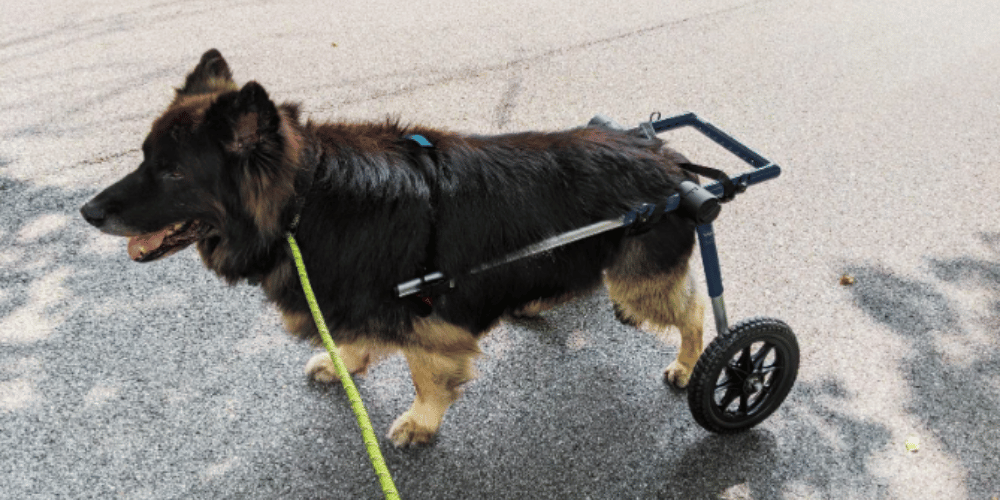
Caring for a Dog in a Wheelchair
Caring for a dog that uses a wheelchair involves regular maintenance of the wheelchair, monitoring for any signs of discomfort or pain, and helping the dog with tasks they may struggle with, such as climbing stairs. It's also important not to leave a dog unattended in their wheelchair for extended periods.
The Emotional Benefits for Dogs and Owners
The emotional benefits of dog wheelchairs extend to both the pet and the owner. Seeing a previously immobile dog start walking again can be an incredibly uplifting experience. It reinforces the bond between dogs and their owners and provides a sense of hope.
The Cost of Dog Wheelchairs
The cost of dog wheelchairs can vary depending on the quality, size, and features. While some may consider it a significant investment, the benefits of keeping a dog active and happy often outweigh the expense. There are also various options available to suit different budgets.
Customization and Accessories
Customization options for dog wheelchairs can enhance comfort and functionality. Accessories like belly belts, harnesses, and padding can provide additional support and prevent injuries. It's important to choose a quality product that can be adjusted to meet your dog's changing needs.
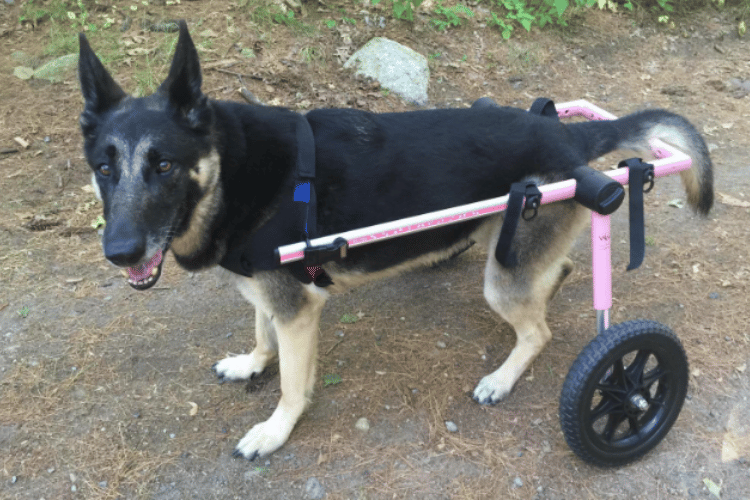
The Importance of Veterinary Guidance
A vet's guidance is crucial when deciding on a wheelchair for your dog. They can provide insights into your dog's specific condition, recommend the best type of wheelchair, and help with fitting and adjustments. Always consult with a vet before making any decisions regarding your pet's mobility aids.
The Future of Dog Mobility
Advancements in pet wheelchairs continue to improve the lives of dogs with mobility issues. Innovations in design and materials are making wheelchairs more comfortable, durable, and easier to use, ensuring that our canine companions can enjoy life regardless of their physical limitations.
Summary
Dog wheelchairs can be a transformative aid for pets with mobility issues, offering them the chance to remain active and enjoy a good quality of life. It's essential to work with a vet to determine if a wheelchair is suitable for your dog and to select a product that is the correct size and properly adjustable. With the right wheelchair and care, dogs can continue to be a joyful and integral part of the family.
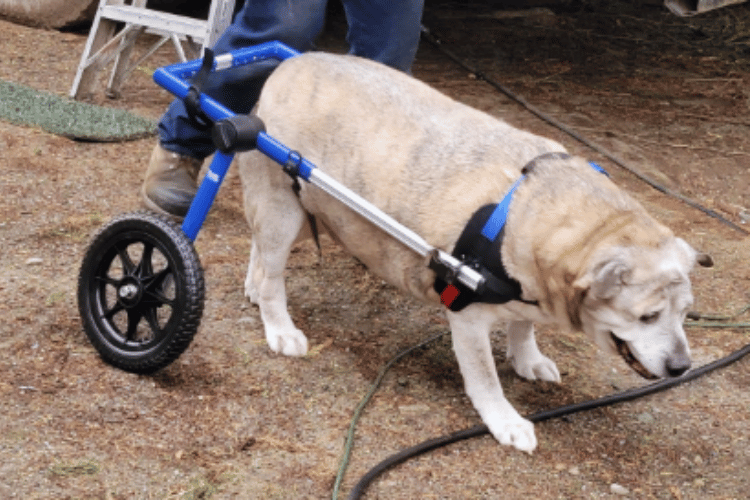
FAQ Section
Q: How do I know if my dog needs a wheelchair? A: If your dog has difficulty walking, is dragging their hind legs, or has been diagnosed with a condition that affects their mobility, they may benefit from a wheelchair. The towel test can help assess their potential to use a wheelchair, but a vet's evaluation is necessary to make an informed decision.
Q: Can dogs still go to the bathroom while using a wheelchair? A: Yes, most dog wheelchairs are designed to allow dogs to relieve themselves comfortably. It's important to choose a wheelchair that provides enough clearance and support for your dog to go to the bathroom without difficulty.
Q: Are wheelchairs suitable for all dogs with mobility issues? A: Not all dogs with mobility issues are candidates for wheelchairs. Factors such as the dog's overall health, the nature of their mobility issues, and their ability to adapt to a wheelchair will determine suitability. A vet can help assess whether a wheelchair is the right option for your dog.
Thank you for visiting LegitLists we hope this helps you make a legitimate choice!






